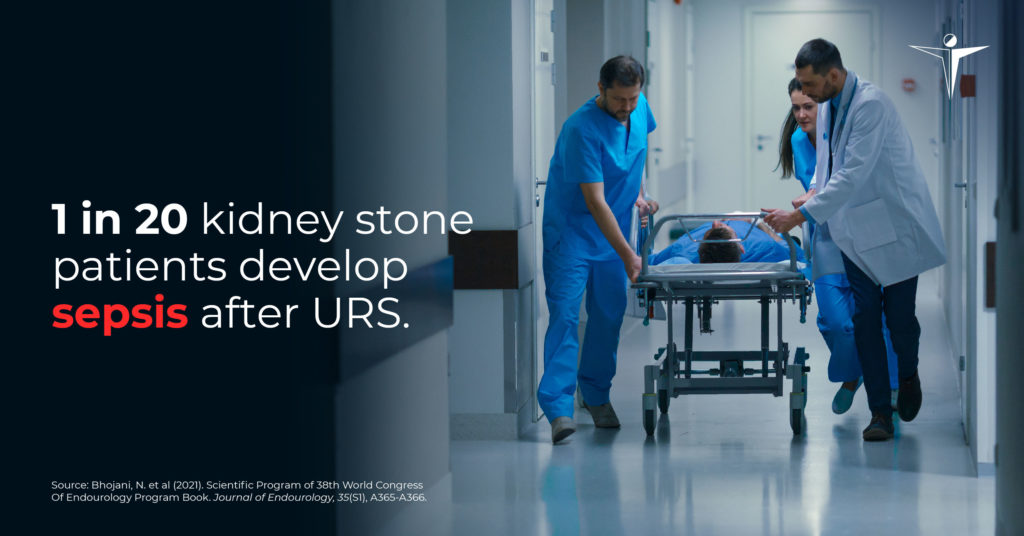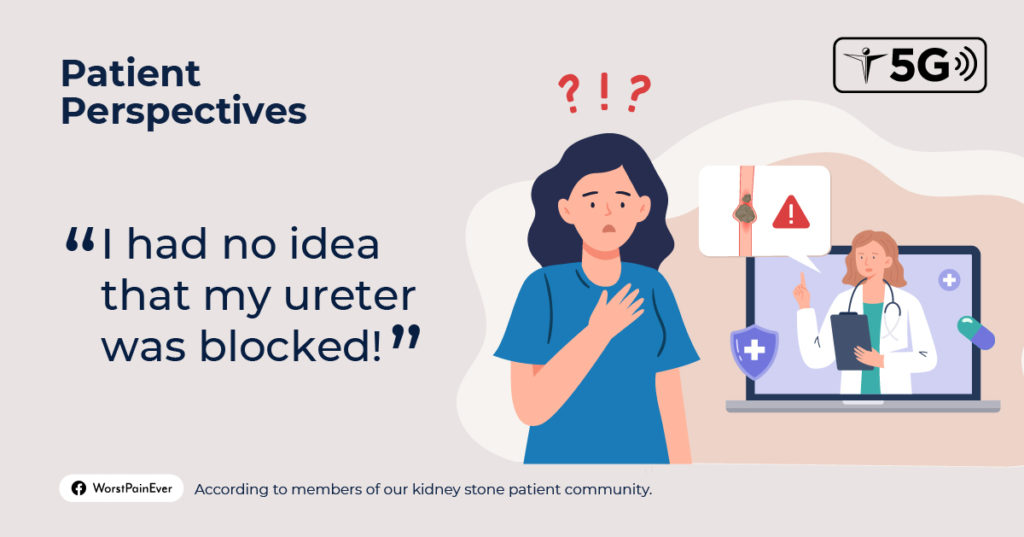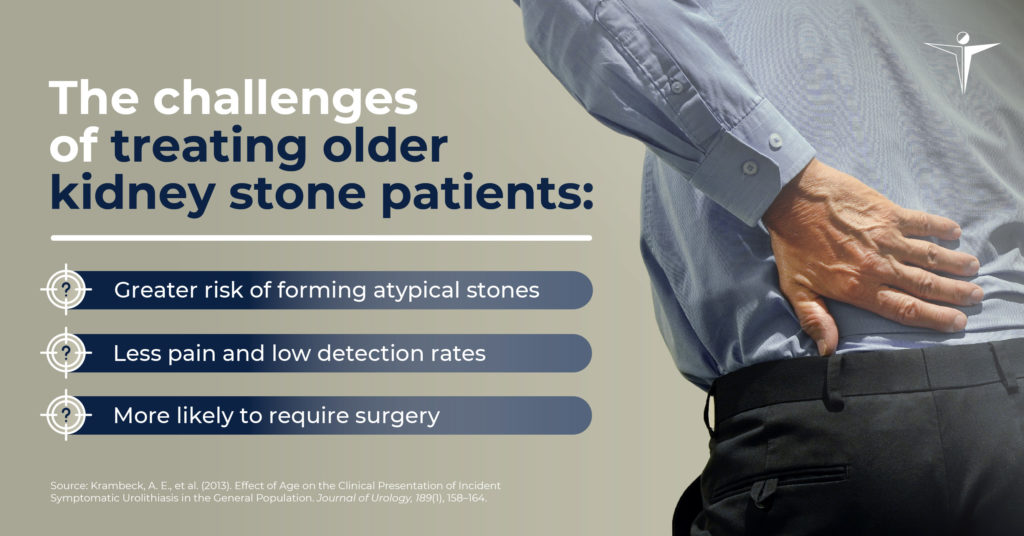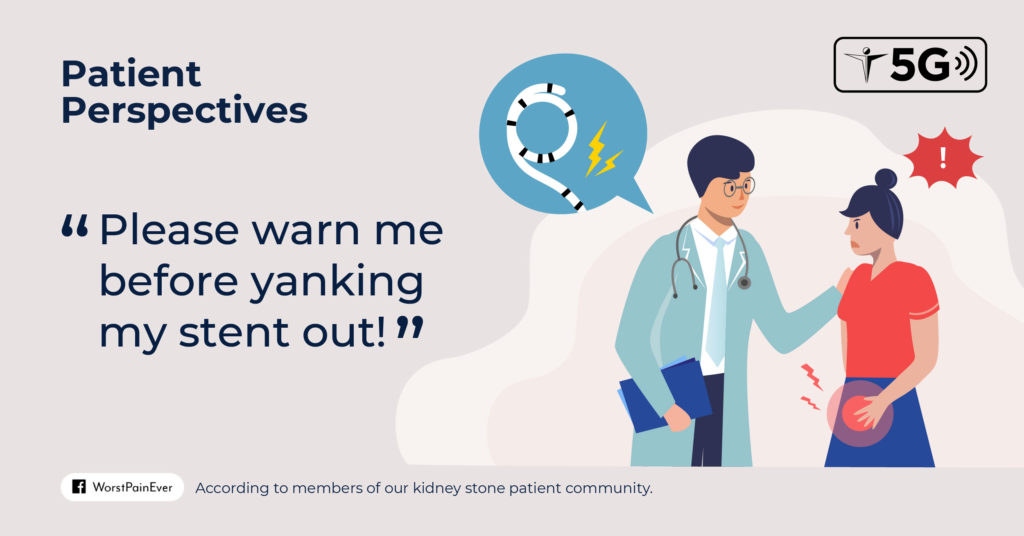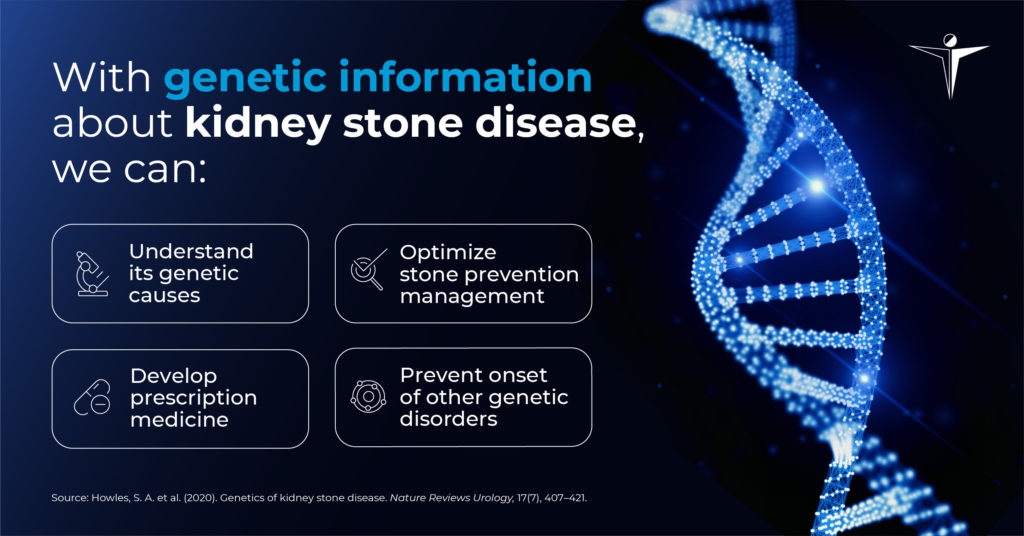In a study of practising urologists across the U.S, researchers from Mayo Clinic Arizona found that #burnout was associated with >51 hour work weeks, taking call and using multiple electronic medical records (EMRs). This can lead to medical errors, poorer quality of care and decreased patient satisfaction.
As resilience and a team player approach were identified as protective factors, healthcare institutions should enforce a positive work culture and enhance their mindfulness programs to better support their #urologists.
Read more here: Personality Traits and Burnout: A Survey of Practicing US Urologists


